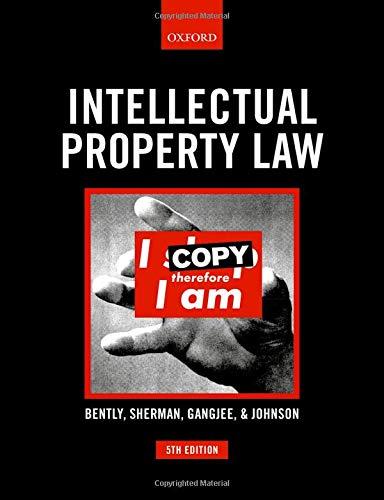Question
Sheril Rose was a brilliant but penniless material scientist. She had designed a new type of solar panel she believed had great commercial potential. On
Sheril Rose was a brilliant but penniless material scientist. She had designed a new type of solar panel she believed had great commercial potential. On January 15, she approached Felda Higgins, a successful and experienced manager in the energy field, with the idea of starting Stellar Solar, Inc., a corporation devoted to building solar arrays based on this new design. Higgins was enthusiastic. On January 28, she enlisted the support of Catherine Pfeffer, a well-known venture capitalist who had retired from venture capital work but was looking to invest the proceeds of her past endeavors. On February 16, Pfeffer gave the green light to establish the new enterprise.
Higgins retained the law firm of Wilson Brubeck Associates to handle the details of incorporation. A legal assistant working with Andrea Brubeck, one of the partners, drafted the articles of incorporation, signed them as the incorporator, and filed them with the secretary of state on February 28. Brubeck then advised her clients that the articles had been filed. Because of a typographical error, the articles of incorporation filed with the secretary of state referred to the company as Steller, not Stellar.
Rose, Higgins, and Pfeffer decided that they would save further expense by completing the incorporation process without any more assistance from Wilson Brubeck. On March 3, they held what they called the meeting of incorporators to elect the directors and proceeded to elect themselves to the board. As board members, they appointed themselves as the company's officers then typed up the minutes of this meeting.
On March 4, the daily operations of Stellar, Inc. commenced. In all their transactions with third parties, the officers represented themselves as doing business for the corporation. One of these transactions was with Firstloan Bank, which lent the company $5 million. The representations in the loan agreement stated that the corporation had been duly formed, that it existed as a valid corporation under Texas law, and that the shares of stock owned by the various shareholders had been duly authorized and were fully paid.
On May 5, the corporation began building a Stellar facility in Florida. Three months later, energy prices dropped drastically, and there was no longer a need for a facility in that location. The corporation was forced to default on the bank loan. The bank's lawyers, after being informed that the bank would not receive any more loan payments, reviewed the original loan documents, the articles of incorporation, and the minutes of the first meeting of the incorporators. On reviewing these documents, they initiated an action directly against the three founders in their individual capacity for liability on the bank loan. Are the founders personally liable for the bank loan? Is there anything they should have done differently?
Step by Step Solution
There are 3 Steps involved in it
Step: 1
The issue at hand involves the potential personal liability of the founders of a corporation Stellar Solar Inc due to possible missteps in the formation process and their actions To assess whether the ...
Get Instant Access to Expert-Tailored Solutions
See step-by-step solutions with expert insights and AI powered tools for academic success
Step: 2

Step: 3

Ace Your Homework with AI
Get the answers you need in no time with our AI-driven, step-by-step assistance
Get Started


